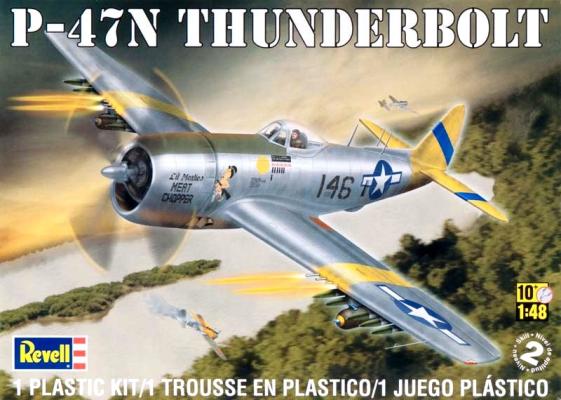Eduard offers two photo-etch detail sets for the Special Hobby 1/32 A5M2b kit. Zoom set #33 070 is the one to get if you just want to focus on enhancing the detail in the cockpit. The set includes a total of 42 pre-painted parts that replace some kit parts and/or add detail to ones that will be used. The kit’s plastic instrument panel is replaced with five very impressively detailed components that are sandwiched together to simulate the panel’s relief and then enhanced with brackets, machine gun supports and gun charging handles. Photo-etched rudder pedals are provided to replace the less-detailed ones in the kit and to detail the kit’s rudimentary rudder bar, pre-painted seat belts replace the un-painted ones in the kit, multi-part throttle quadrant and prop pitch levers replace kit parts and a radio panel face, control box fascias, levers, knobs and numerous small bits are included to perk up the sidewalls.
Welcome to the IPMS/USA Reviews site!
Introduction: The primary organization of the IPMS/USA Review website is by IPMS/USA National Contest Class. Within each Class there are sub-menus by kits, decals, books, etc. The Miscellaneous Class is for items that are not class specific or that cross two or more classes.
IPMS/USA Members: We encourage you to submit reviews, both here and to the Journal. To volunteer for membership in the IPMS/USA "Reviewers Corps" and submit your own reviews, please read the Guidelines For Submitting Product Reviews.
Manufacturers, publishers, and other industry members: IPMS/USA is pleased to offer your company the opportunity for product reviews. All product reviews are performed by IPMS/USA members, and are posted in the publicly-accessible section of our website. With very few exceptions, we perform full build reviews of new kit releases, aftermarket products, and supplies. If you would care to provide product samples for review, please contact John Noack, IPMS/USA 1st VP.
To learn more about IPMS/USA, please see our About Us page.
Short History
The P-47N - the last variant produced - was initially developed to escort B-29 bombers during air raids over Japan. The most distinguishing feature of the "N" variant was its in-wing 50-gallon (190-liter) fuel tanks, which extended the aircraft's range by 2,000 miles (3,200 km).
What’s in the Box
This looks like a reissue kit, the copyright marks on the underside of the wing show a 1997 date. The parts are separately packaged, the spurs are molded in grey styrene.
Length: 9-1/8" Wingspan: 10-3/4" Parts: 105
Kit features recessed panel lines, a detailed radial engine, a detailed cockpit, weighted tires, complete under wing stores, a detailed pilot and markings to recreate P-47Ns flown by pilots Lt. Oscar Perdomo and Lt. Col. Ollie O. Simpson.
Building the Kit
From 1936 to 1939, nearly 19,000 German ‘volunteers’ (some of whom actually did volunteer) made up an aviation group known as the Legion Condor. Number 99 in Osprey’s ‘Aircraft of the Aces’ series provides an interesting and well-researched story of how Germany’s involvement in the Spanish Civil war came about, what the Luftwaffe volunteers experienced as member of the Legion Condor and how many of the pilots eventually achieved ace status. It is a fascinating story about a significant time in history.
Editor: Contact Tom Pope for obtaining the drawings.
It’s not often I do a review on something before I have fully worked it, but this one deserves the time. How many of you have the Tamiya 1/350 USS Enterprise in your stash? And how many of you have thought of making a hangar deck for the model, but didn’t want the hassle of cut/fit/throw away, repeat? I just finished the Dragon Independence, and can categorically state a hangar deck makes a major impact on the final product… Why not the Enterprise? Although this is not provided in the kit, it doesn’t require too much work; that is, unless you don’t have dimensions and detail.
This is a simple replacement part that is substantially more detailed than the kit part. It is molded perfectly with no flash or bubbles to be seen. The pull handle is provided as a separate part on a common casting block with the seat. The parts must be separated from the casting block with a saw and the pull handles glued in the appropriate location for which a diagram is provided.
Pictured here with the Quickboost example are the kit seat and an example from the now out of production Cutting Edge offering for comparison. Obviously the difference is with the details including additional “plumbing” and safety belts. The Quickboost example is considerably more “strappy” than the older Cutting Edge product and any preference for one or the other may well be a matter of personal taste as both seem to be accurate depending on how the belts fall when left to rest. The busy look of the Quickboost seat dresses up the cockpit nicely with little fuss for the modeler.















